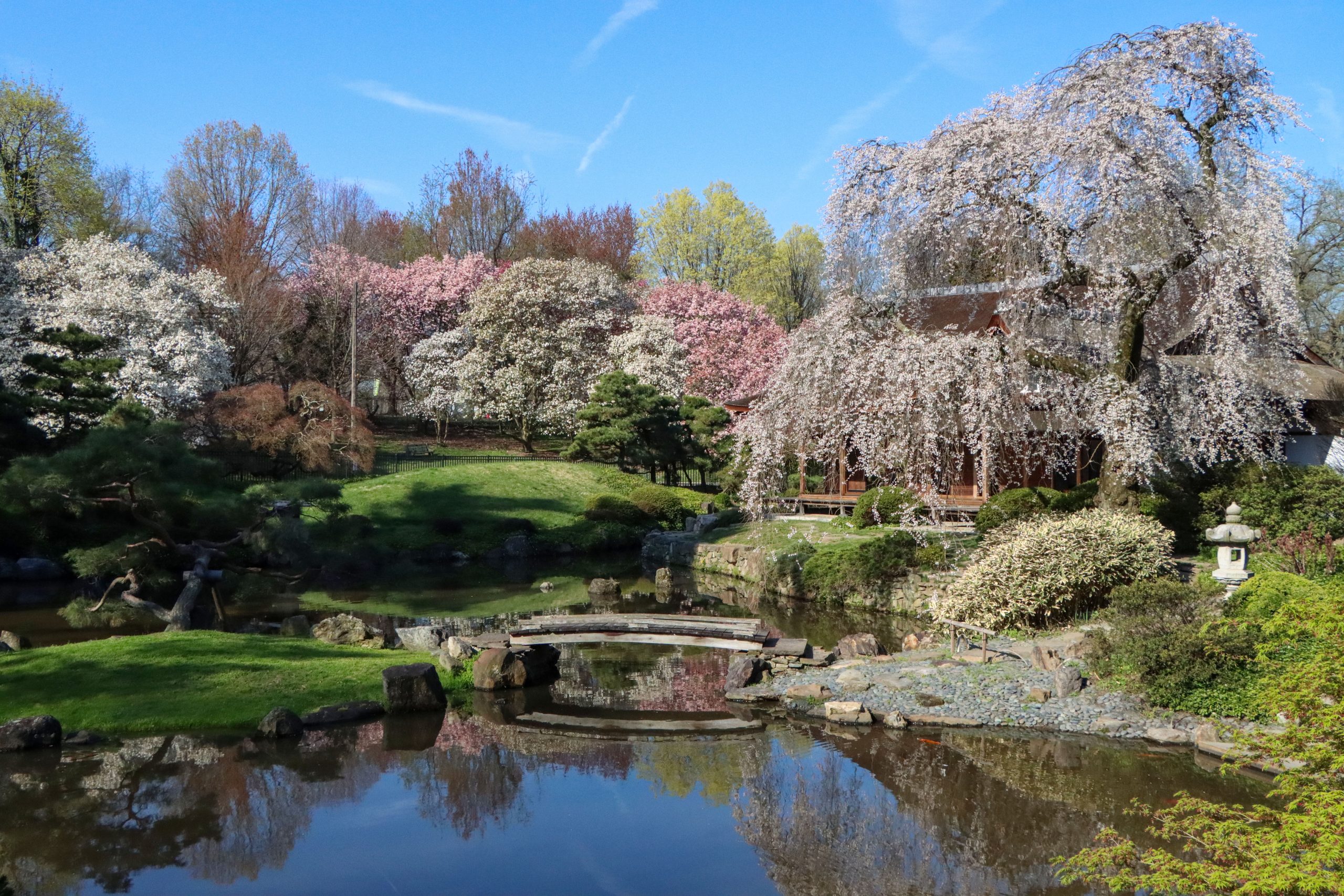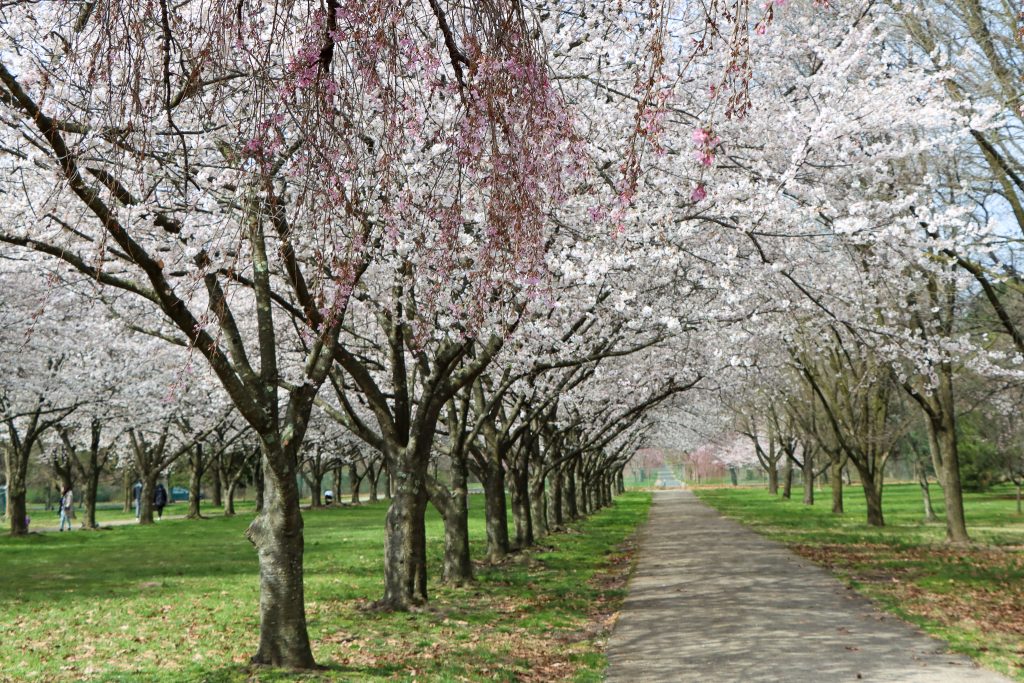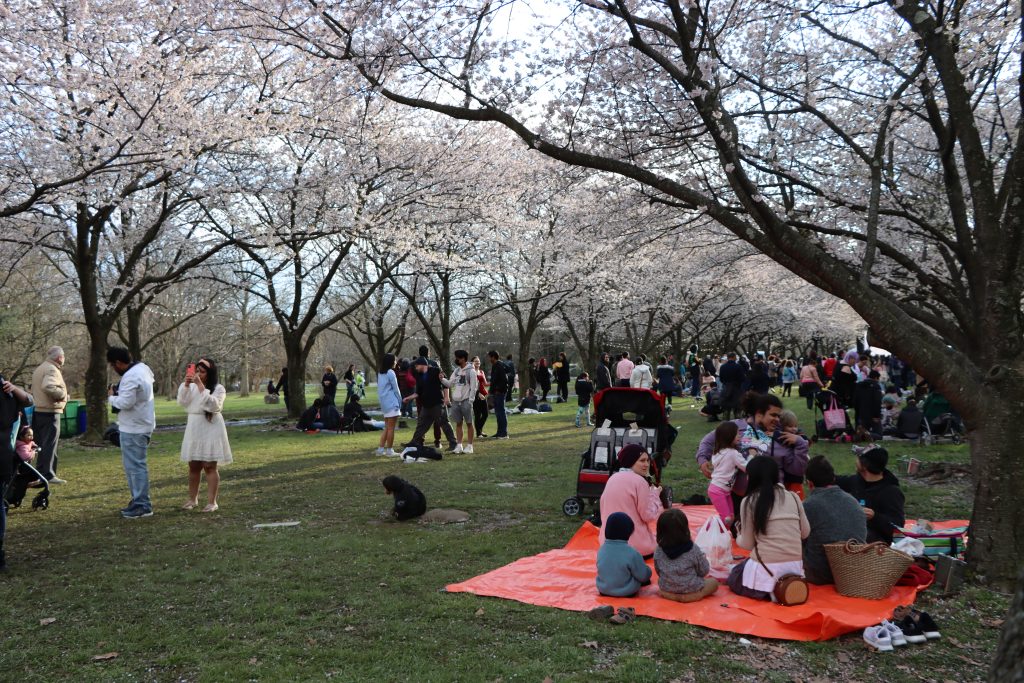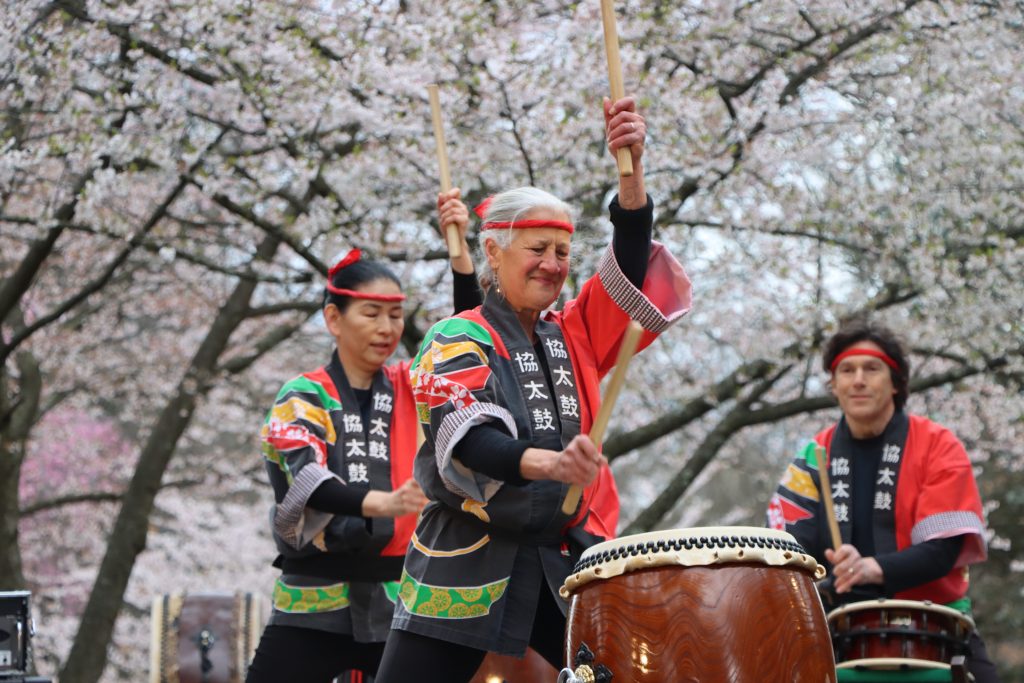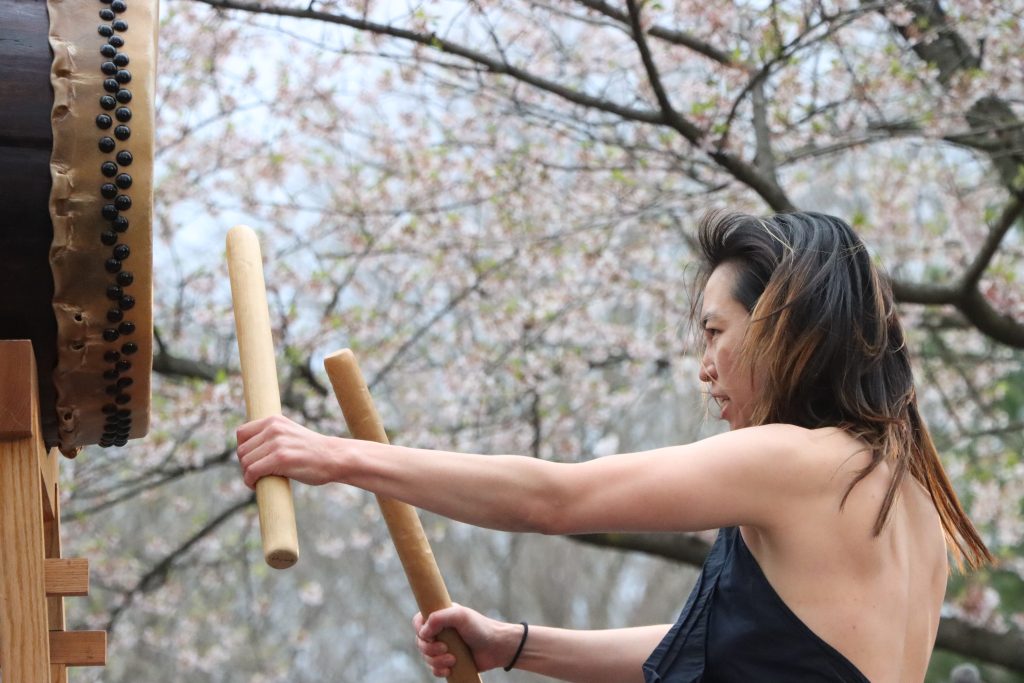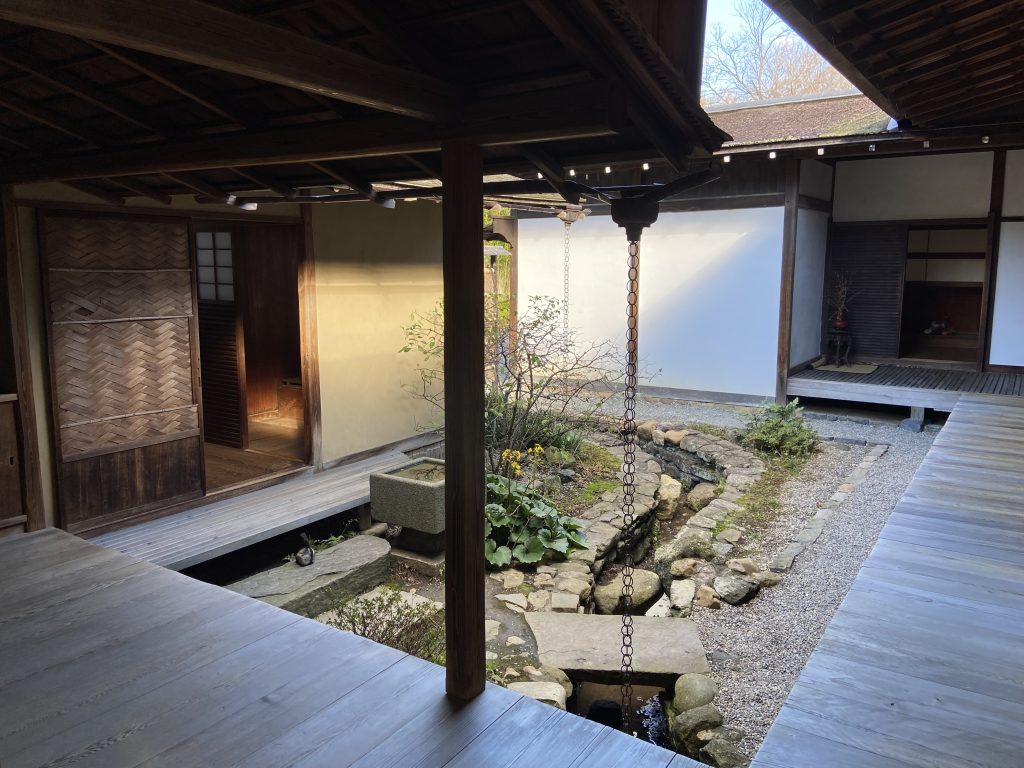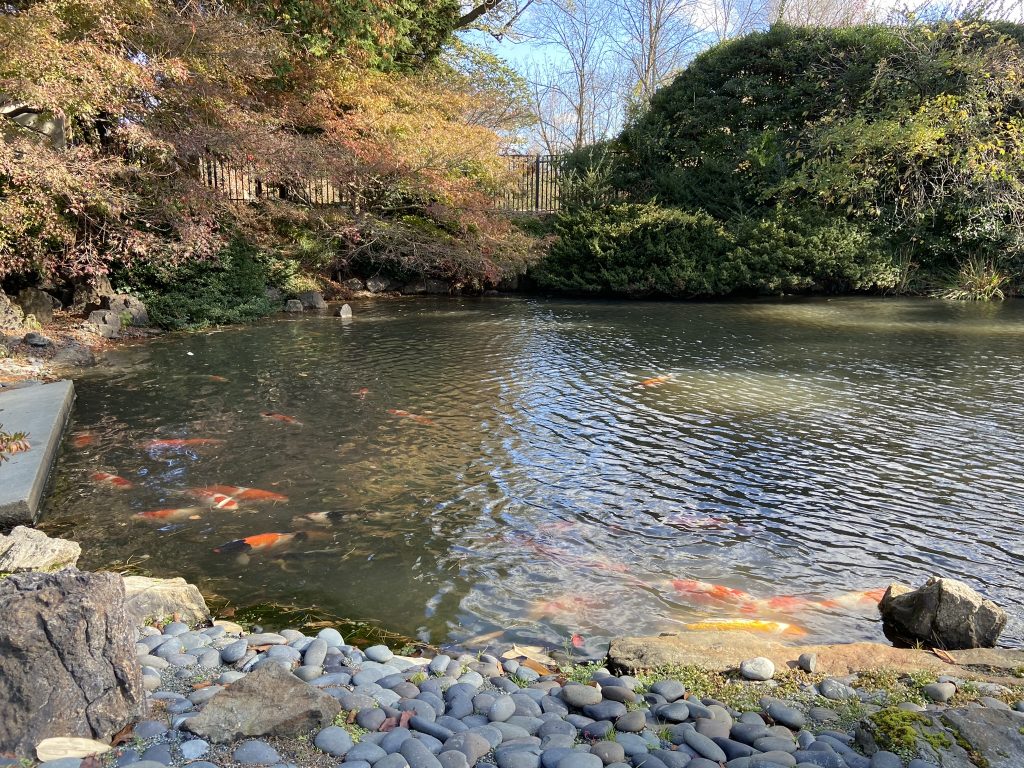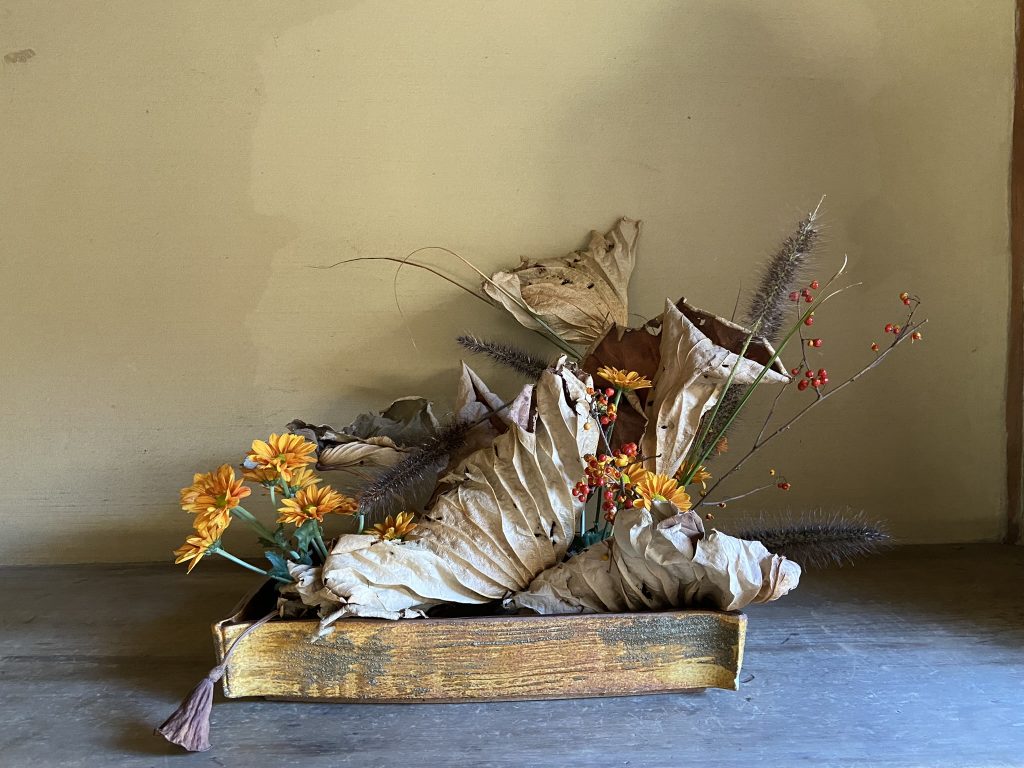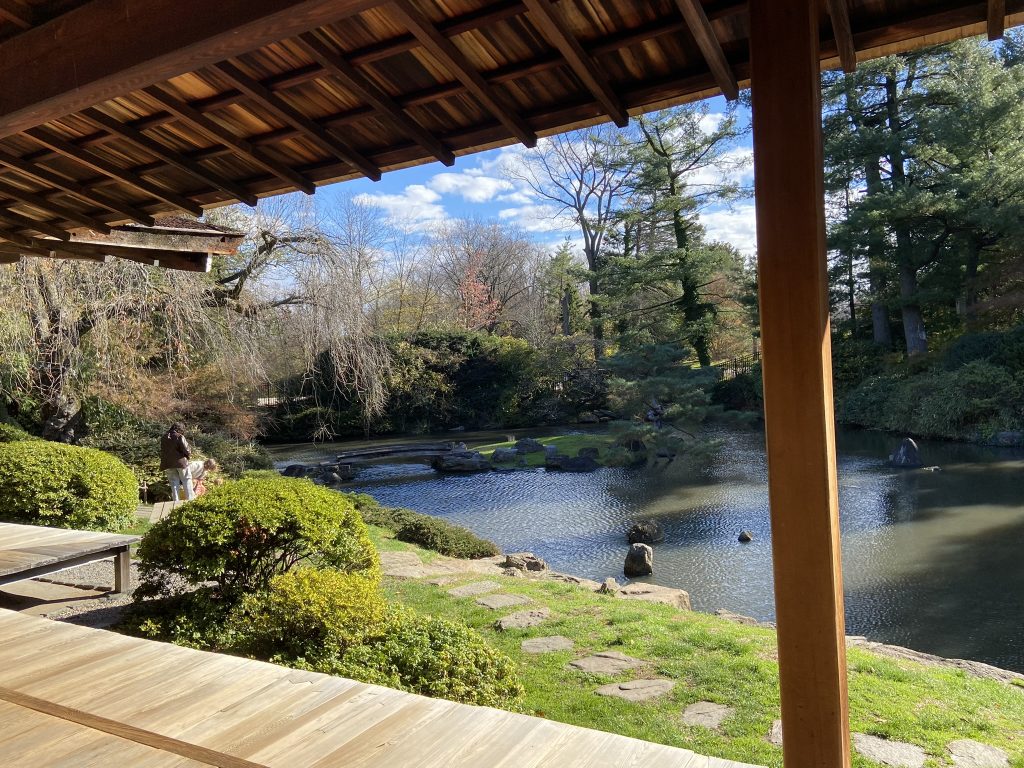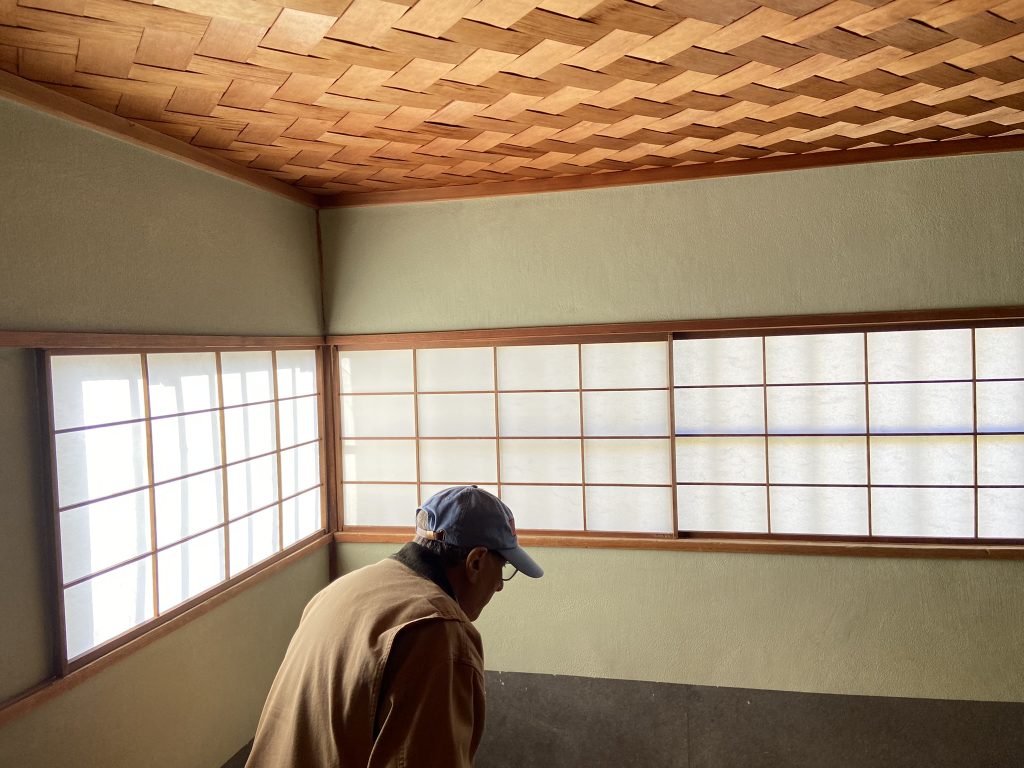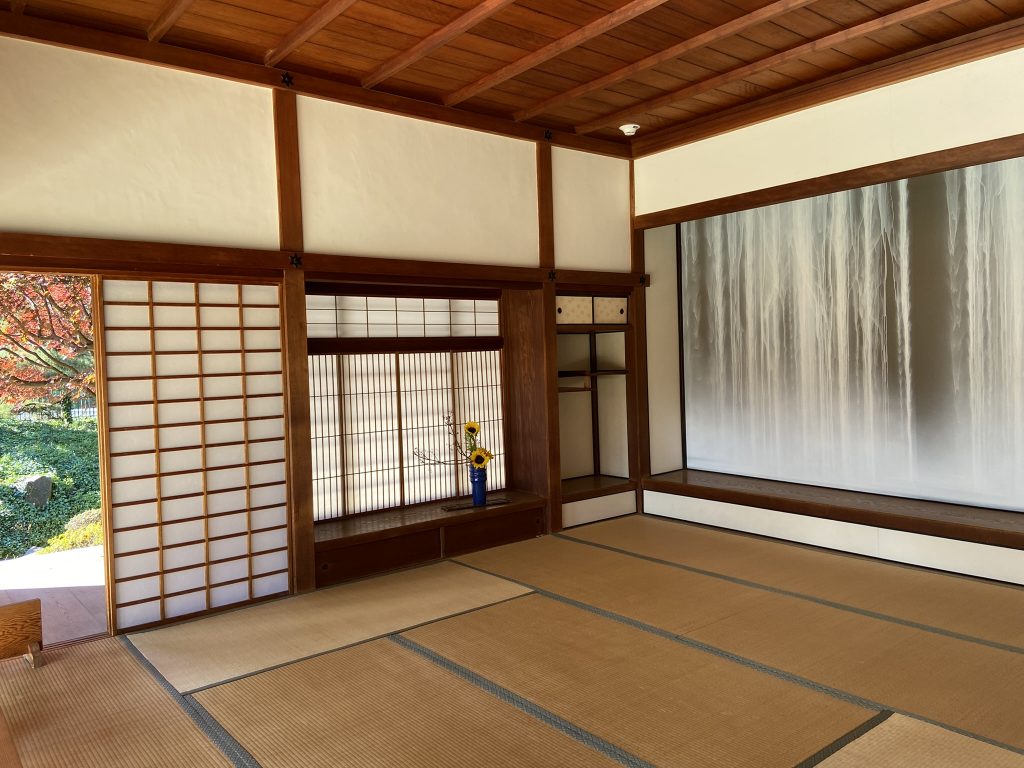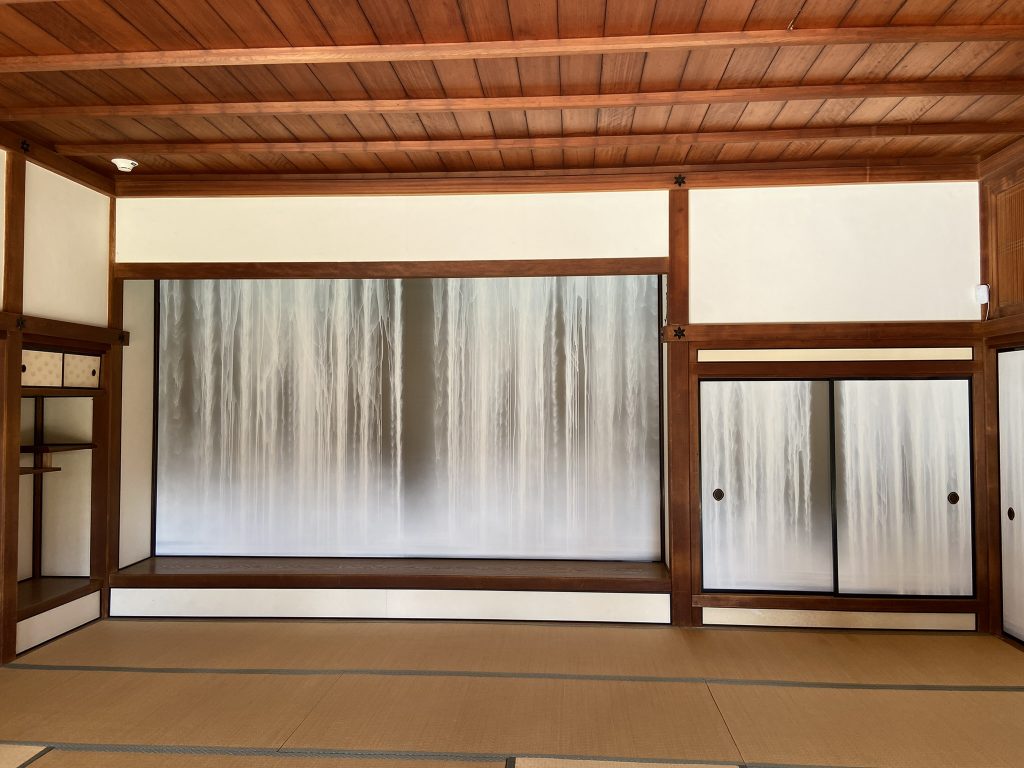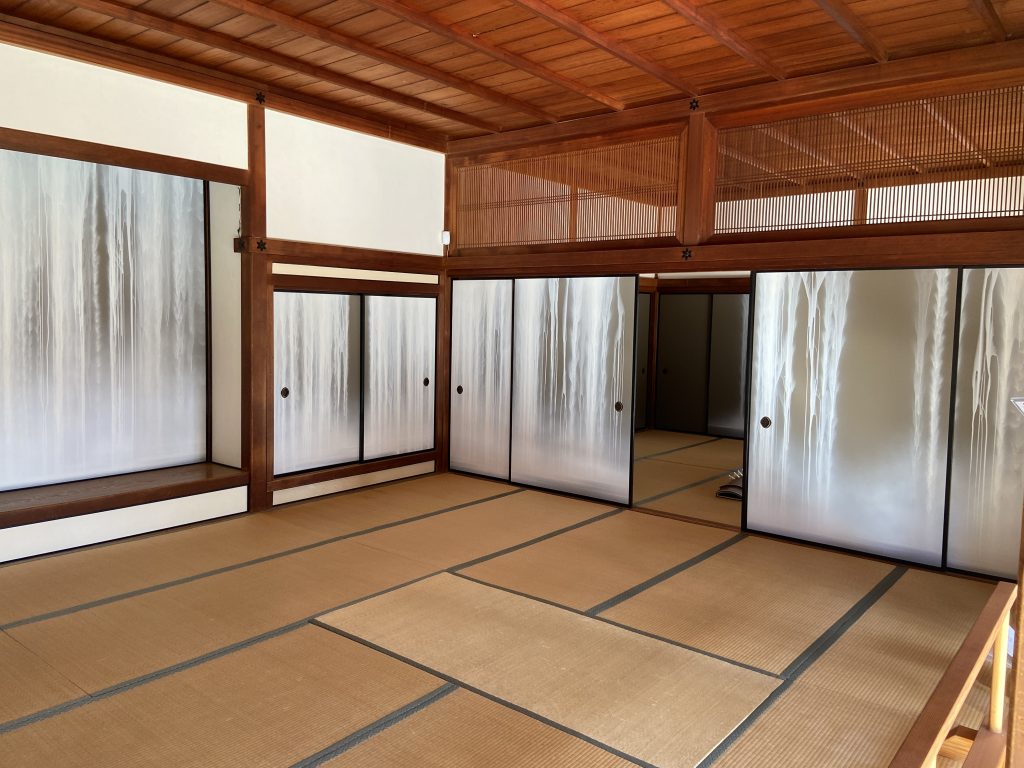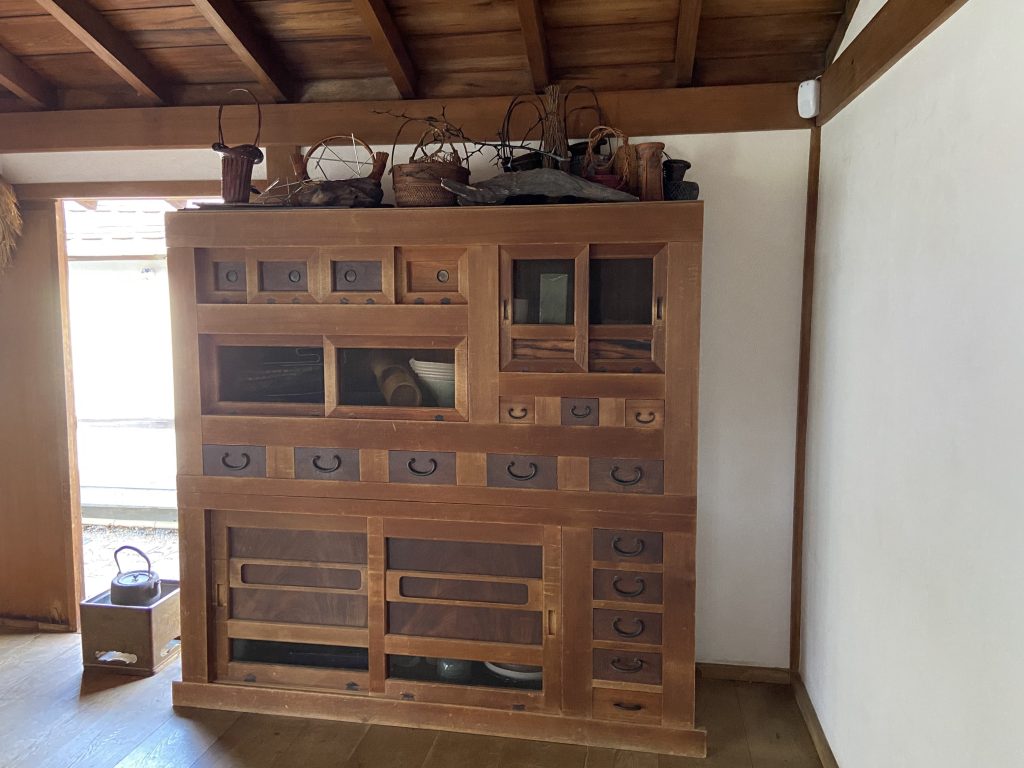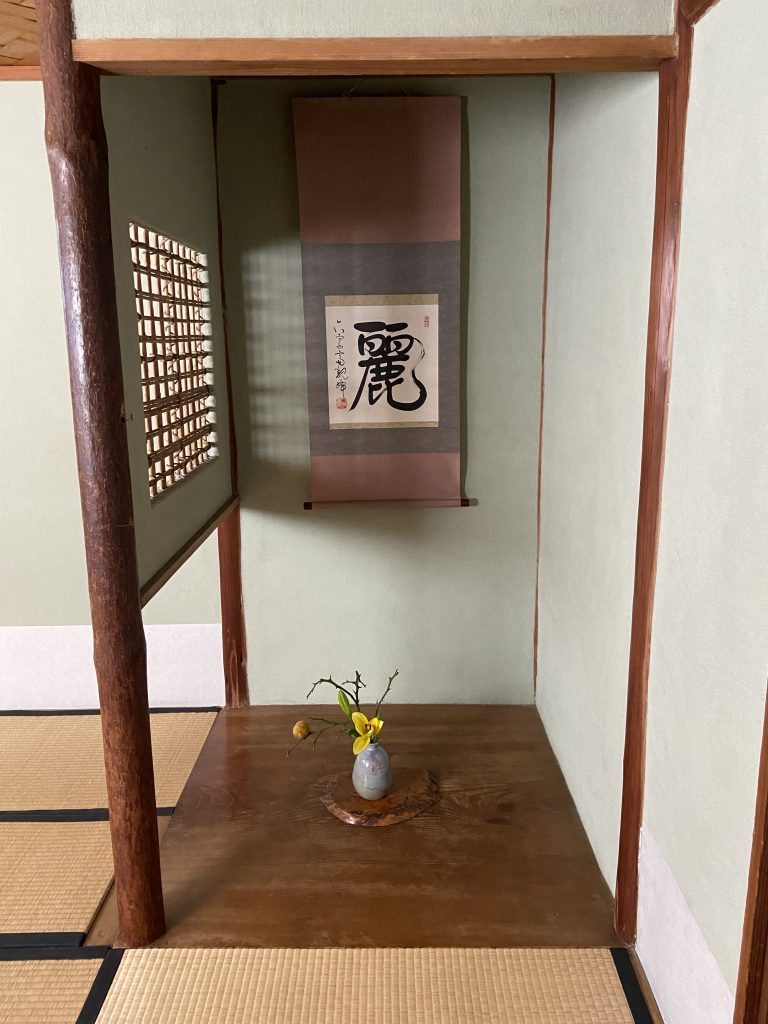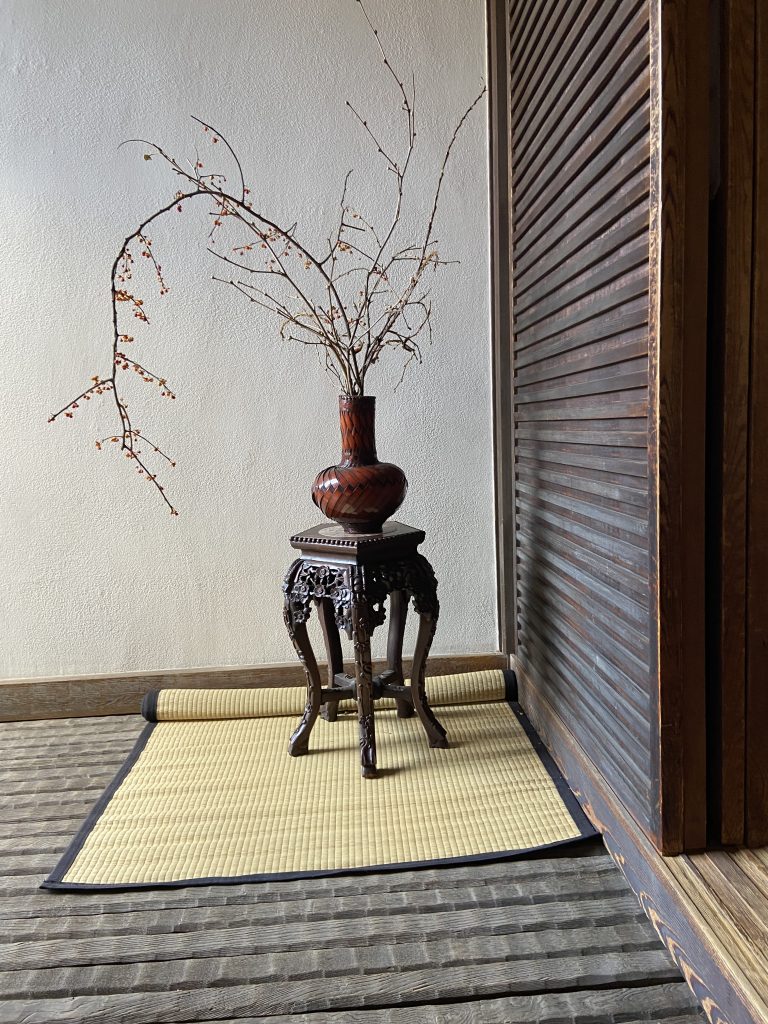Within Philadelphia’s 2,000-acre Fairmount Park, Shofuso is a serene, one-acre urban treasure, a traditional Japanese house and garden that comes to life when it reopens each spring, framed by blossoming cherry trees. The house, whose name means “Pine Breeze Villa,” was originally at New York City’s Museum of Modern Art in the 1950s, but now fills a leafy space near the park’s Horticulture Center where people can reflect, relax, and appreciate Japanese culture. Owned by the city and run by the Japan America Society of Greater Philadelphia (JASGP), Shofuso Japanese Cultural Center—its formal name—is part of the nonprofit’s programming, along with a popular cherry blossom festival, Japanese cultural classes and events, and a U.S.-Japan public policy and business series. All are part of JASPG’s mission to encourage understanding and collaboration between Japan and Philadelphia in the arts and business.
Spring is a lovely time to visit Shofuso, in part because it’s near hundreds of Fairmount Park’s famous cherry trees, a symbol of friendship between Japan and Philadelphia. In 1926, Japan gave Philadelphia 1,600 trees to celebrate America’s Sesquicentennial birthday, and the region’s Japanese American residents donated 500 more in 1933 to plant along Kelly Drive by the Schuylkill River as it passes through the park. JASGP planted an additional 1,000 cherry trees in the park between 1998 and 2007. The trees, whose delicate pink and white sakura (cherry blossoms) are beloved by the Japanese as reminders of both rebirth and the transience of life, provide a spectacular setting for Sakura Weekend (April 15 and 16 in 2023) at Fairmount Park’s Horticulture Center, steps from Shofuso. Part of the JASGP’s monthlong Subaru Cherry Blossom Festival of Greater Philadelphia, the weekend is free, with Japanese and other music, taiko drumming, cultural activities such as tea ceremonies and ikebana (a Japanese style of flower arranging), vendors with Japanese food, and more.
How Shofuso Came to Philadelphia
Part of a larger effort to reestablish the relationship between Japan and the United States after World War II, Shofuso was created for the House in the Museum Garden exhibition at the Museum of Modern Art in New York. The multi-year exhibition presented three types of buildings that influenced mid-century modern American architecture. Shofuso was designed with authentic detail by modernist architect Junzo Yoshimura in Japan as an example of the 17th-century shoin-zukuri style, whose open-to-nature, flexible elements appealed to modernists. (A half-hour film, Shofuso and Modernism, explains the exhibition’s historical context.) Enormously popular in 1954, Shofuso was moved to Philadelphia in 1958, on a Fairmount Park site that had once been home to a Japanese garden and then a temple gate.
After a sad decline and vandalism during the 1960s and 1970s, Shofuso was restored before the 1976 Bicentennial by the City of Philadelphia and local Japanese Americans. In 2016, JASGP merged with a group that had cared for the historic site since 1982, and began to operate Shofuso, so that visitors—now 38,000 annually—can experience classical Japanese architecture.
Visiting Shofuso
During its late March to mid-December opening months, entry to Shofuso requires a fee and a timed ticket (reserve ahead) due to the relatively small space. Visitors remove their shoes, in accordance with Japanese custom, and cross the genkan, or doorway, entering a world apart from urban bustle, where docents and panels provide information about details of the structures. Many people begin by looking up at the house’s roof, made of bark layers from the rare Japanese hinoki cypress; there are no others like it outside of Japan. Also made of hinoki and perfect for lingering, the house’s veranda overlooks one of Shofuso’s three gardens, a traditional hill-and-pond viewing garden with koi, a pebble beach, a statue of Buddhist deity Jizo, a bridge and a turtle island, and a small waterfall. Japanese landscape architect Tansai Sano designed the garden in 1958 to complement the house; it was impressively restored in 2012.
The main room of Shofuso, which has views of the garden, reflects elements of 17th-century residential shoin-zukuri style, such as a decorative niche, shelves, a built-in desk, and tatami mats on the floor. Equally striking here are 20 large-scale murals of waterfalls donated in 2007 by contemporary Japanese artist Hiroshi Senju, renowned for his combination of traditional methods and modern style. The murals replaced ones destroyed by vandalism in the 1970s and are on fusama (decorative sliding doors) and the room’s central alcove. Graceful seasonal ikebana displays may be seen here and throughout the site.
Shofuso compresses a number of architectural and garden styles on its site. A small tea house has elements such as an entrance garden, a woven wood ceiling, shoji paper screens, and an alcove for scrolls and ikebana. Visitors can sign up to experience on-site tea ceremony demonstrations led by Urasenke Philadelphia for insight into the significance of this centuries-old ritual. A courtyard garden with a stream is in the center of the bathhouse and kitchen area. Designed in a style different from the main room, the kitchen represents what might be found in a rustic traditional farmhouse.
It’s worthwhile to check the website for special events, but from the flowering trees in spring to colorful foliage in fall, Shofuso is beautiful in any season, offering a unique connection with Japanese culture in the heart of Philadelphia.
Linda Cabasin is a travel editor and writer who covered the globe at Fodor’s before taking up the freelance life. She’s a contributing editor at Fathom. Follow her on Instagram and Twitter at @lcabasin.
Top photo: Flowering cherry and other trees make Shofuso enchanting in spring. (Photo by Giulia Ciofini/Courtesy of the Japan America Society of Greater Philadelphia)

